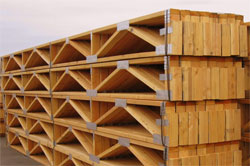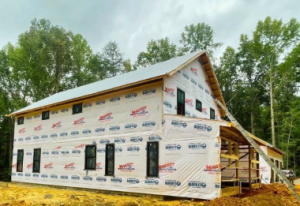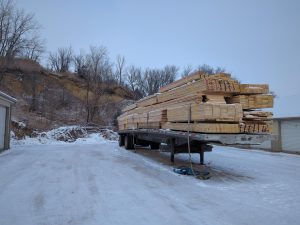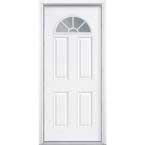 While I have used metal plate connected pre-fabricated wood floor trusses in pole buildings (including one of my own buildings at home), they are not the norm.
While I have used metal plate connected pre-fabricated wood floor trusses in pole buildings (including one of my own buildings at home), they are not the norm.
In the construction industry, much debate has been ongoing in regards to Section R501.3 of the International Building Code/International Residential Code:
“R501.3 Fire protection of floors. Floor assemblies, not required elsewhere in this code to be fire resistance rated, shall be provided with a ½ inch gypsum wallboard membrane, 5/8 inch wood structural panel membrane, or equivalent on the underside of the floor framing member.”
Now there are some Code exceptions to this ruling, one in particular which gets people all worked up:
“4. Wood floor assemblies using dimension lumber or structural composite lumber equal to or greater than 2-inch by 10-inch nominal dimension, or other approved floor assemblies demonstrating equivalent fire performance.”
Now why is this even an issue?
Because home builders want to construct houses with unfinished basements, and not have to drywall the ceilings! By using 2×10 or larger floor joists, they can avoid the expense of drywall.
Some Code enforcing jurisdictions have interpreted this as floor trusses are not an equivalent, therefore they should have sheetrock on the underside, where a 2×10 would not.
Fire Resistance Time
All of this concern is due to fire resistance issues. However test results are available which show a system with 2×10 floor joists spaced 16 inches on center with 23/32” sheathing above will last from 5 ½ to 7 ½ minutes in a fire, while a 12 inch deep floor truss system spaced 24 inches on center will last 10 minutes 12 seconds!
To require the floor truss system to be sheetrocked, gives the 2×10 an unfair competitive advantage, and does not follow with proven test results. If firefighter safety is the key core issue, then having gypsum wallboard on all otherwise unprotected floors would be the technically correct approach.
The only other fair approach is to leave everything as it has been done for years – allowing unprotected floors over basements, which is unpopular with fire fighters.










Why not use floating cork flooring, or if you REALLY want to get fire resistant, put up some hardie board? Or some other cement type boarding. I know its heavy but, will protect well against moisture, and fire.
Ricky ~
Thank you for your interest on this subject.
The real issue and point of the article is not how to make the assembly fire resistant, it is about making the playing field level between dimensional lumber 2×10 and larger floor joists vs. prefabricated wood floor trusses. Builders who are constructing over unfinished basements are not keen on the idea of having to drywall the basement ceilings – it is an issue of cost.
Cork flooring is a type of flooring that is naturally fire resistant. It does not burn very easily like some of the other types of flooring on the market. For example, wood flooring can easily ignite and burn.
If cork does happen to catch fire, an added benefit is that it will not release any toxic chemicals. With other hard surface flooring options, you will find that dangerous chemicals are released when the flooring burns. With cork, this will not be an issue and you can rest easily knowing that you did not release toxic fumes into your building.
Cork flooring, however, is NOT a fire rated product.
The simple answer for creating fire resistance, is the use of 5/8″ thick Type X gypsum drywall. It is lighter in weight than cement based products and is relatively cost effective.
Where can I find the actual fire tests on the floor truss system? If this is true that they function better than 2×10 joists, then it would be an acceptable alternative and not require gyp on the underside in a residential basement. This test would have to be done by a certified testing agency in order for it to be recognized by the building department. I’ve been trying to find this but haven’t been able to. If you can tell me where to locate this test, I would be grateful.
Here is the Underwriters Laboratory confirmation of Equivalent Fire Performance: https://www.sbcri.info/sites/default/files/uploads/attachments/node/224/r501_3_ter_additional_supporting_data_from_ul_analysis_final.pdf
Thank you. This is very helpful.